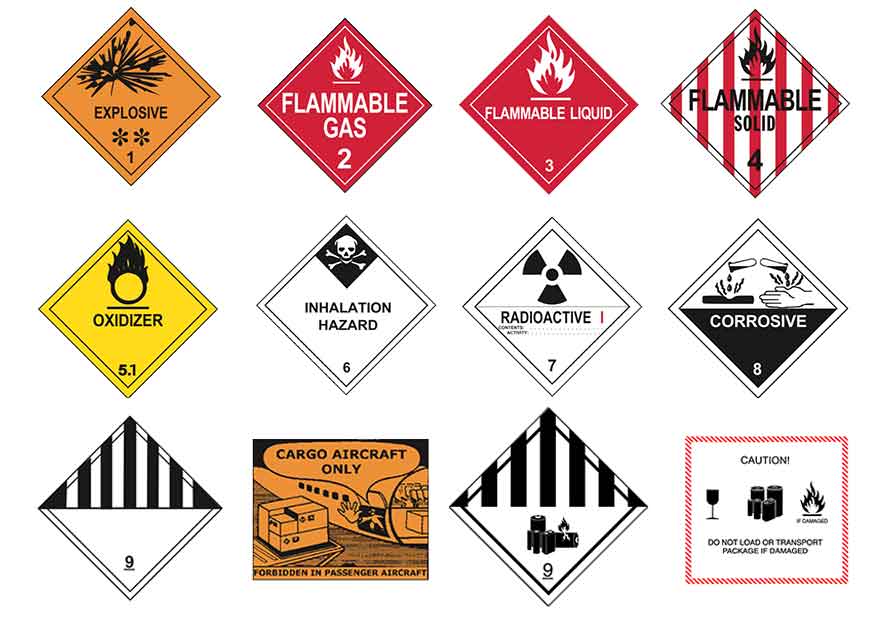
Dangerous Goods Application Form
Sea Transport of Dangerous Goods:
According to the International Maritime Dangerous Goods Code (IMDG Code), dangerous goods are classified into 9 categories: explosives, gases, flammable liquids, flammable solids, oxidizers, toxic substances, radioactive materials, corrosive substances, and miscellaneous dangerous goods.
Packaging Requirements for Shipped Products:
- The packaging must clearly display the dangerous goods class, UN number, proper shipping name, and other relevant information, with appropriate dangerous goods labels affixed.
- Packaging must comply with IMDG Code standards and pass tests such as drop and stacking tests to ensure no leakage or damage occurs during transportation.
Booking Requirements:
- MSDS (Material Safety Data Sheet) / Transport Appraisal / Tank Packaging Certificate or Dangerous Goods Packaging Certificate (if packaged).
- Dangerous Goods Declaration Form – Images 2/3/4/5 represent common formats of dangerous goods declaration forms used by major shipping lines.
- Draft Bill of Lading (to verify the B/L in advance).
Frequently Asked Questions:
- Why hasn’t the space been released after booking for a long time?
- The review process for dangerous goods typically takes longer. The documentation must first be checked for compliance, and only after the documents and declaration forms are confirmed can the space be allocated. Therefore, booking dangerous goods usually requires 14 days or more.
- Why was it possible to ship with the same shipping line and same documents last time, but not this time?
A. Different dangerous goods auditors within the same shipping line may interpret certain documents differently. What was acceptable last time may not pass this time. Communication with the auditor is needed to identify issues and make corrections.
B. If the same shipping line shares a vessel with another line that does not accept this type of dangerous goods, it may result in rejection.
C. Even with the same shipping line, different routes (e.g., varying paths or stricter regulations at certain ports of call) may lead to rejection. - Can booking information be modified after the dangerous goods space is confirmed?
- Generally, no. Any changes require rebooking from scratch.
- Is it acceptable if the components listed in the MSDS for dangerous goods do not match the customs declaration data?
- No, discrepancies can lead to cargo detention during inspection. The MSDS must be updated, and the booking process restarted.
- Why is it necessary to return the container empty or arrange for withdrawal after inspection of dangerous goods?
- Terminals typically only allow containers scheduled for imminent shipment to enter the port within 2 days of departure. If an inspection occurs, the container must either be withdrawn and stored at another yard or returned empty.


